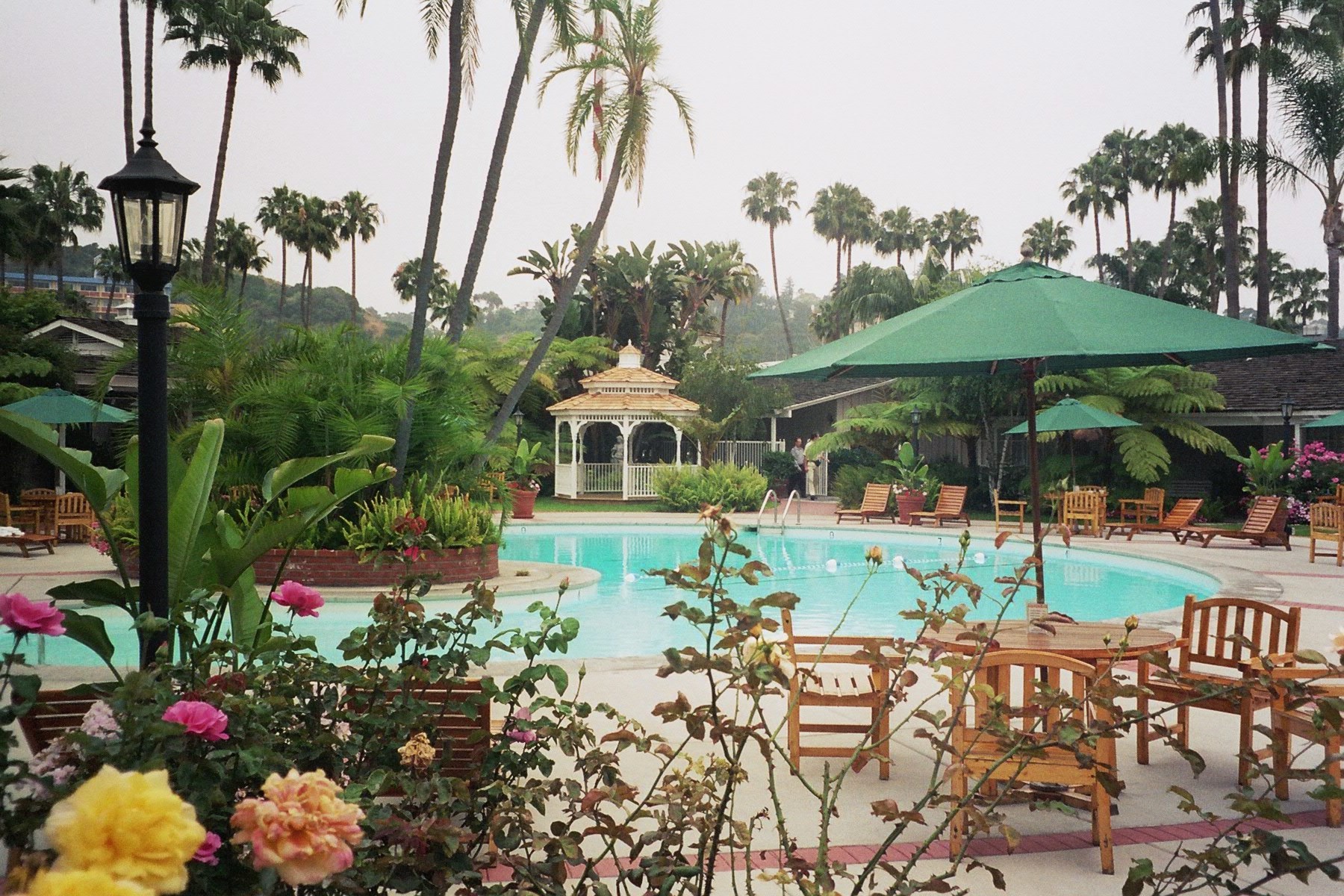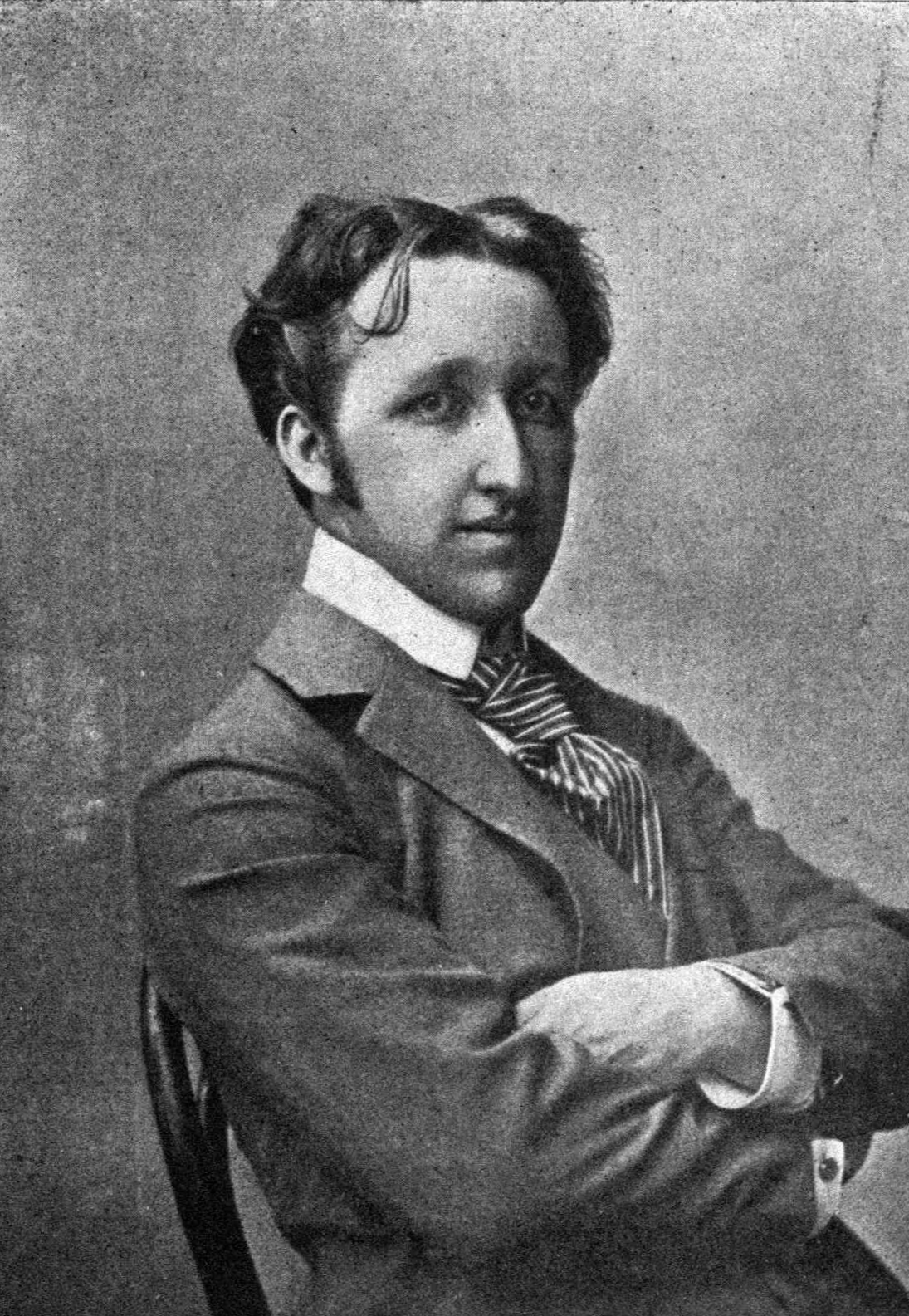|
Lake Narach
Lake Narach (, ''Narač'' ; , ''Naročj''; , ''Naročius'', ) is a lake in northwestern Belarus ( Myadzyel District, Minsk Region), located in the basin of the Viliya river. It is the largest lake in Belarus (in 1921–39 it was the largest lake of Poland). Narach is a part of the Narach lake group (the others being Miastra (), Batoryn (), and Blednaje (). It was formed about 11 thousand years ago after the Pleistocene ice ages. It has a surface area of 79.6 km2, a wider length of 12.8 km, a maximum depth of 24.8 m, average depth of 8.9 m, a volume of 710 million cubic meters. The lake is surrounded by pine forests. The Narach River flows out of it. Narach is the abode of 22 genera of fish, including eel, pike, burbot, etc. The shore and islets are nested by different birds, such as the mute swan, fish hawk, tarrock and dabchick. History People settled near the lake about 10 thousand years ago. Linguists think that its name is probably from the Indo-Europea ... [...More Info...] [...Related Items...] OR: [Wikipedia] [Google] [Baidu] |
Narocz
Lake Narach (, ''Narač'' ; , ''Naročj''; , ''Naročius'', ) is a lake in northwestern Belarus ( Myadzyel District, Minsk Region), located in the basin of the Viliya river. It is the largest lake in Belarus (in 1921–39 it was the largest lake of Poland). Narach is a part of the Narach lake group (the others being Miastra (), Batoryn (), and Blednaje (). It was formed about 11 thousand years ago after the Pleistocene ice ages. It has a surface area of 79.6 km2, a wider length of 12.8 km, a maximum depth of 24.8 m, average depth of 8.9 m, a volume of 710 million cubic meters. The lake is surrounded by pine forests. The Narach River flows out of it. Narach is the abode of 22 genera of fish, including eel, pike, burbot, etc. The shore and islets are nested by different birds, such as the mute swan, fish hawk, tarrock and dabchick. History People settled near the lake about 10 thousand years ago. Linguists think that its name is probably from the Indo-European ro ... [...More Info...] [...Related Items...] OR: [Wikipedia] [Google] [Baidu] |
Tourism
Tourism is travel for pleasure, and the Commerce, commercial activity of providing and supporting such travel. World Tourism Organization, UN Tourism defines tourism more generally, in terms which go "beyond the common perception of tourism as being limited to holiday activity only", as people "travelling to and staying in places outside their usual environment for not more than one consecutive year for leisure and not less than 24 hours, business and other purposes". Tourism can be Domestic tourism, domestic (within the traveller's own country) or International tourism, international. International tourism has both incoming and outgoing implications on a country's balance of payments. Between the second half of 2008 and the end of 2009, tourism numbers declined due to a severe Economy, economic slowdown (see Great Recession) and the outbreak of the 2009 2009 flu pandemic, H1N1 influenza virus. These numbers, however, recovered until the COVID-19 pandemic put an abrupt end to th ... [...More Info...] [...Related Items...] OR: [Wikipedia] [Google] [Baidu] |
Resort
A resort (North American English) is a self-contained commercial establishment that aims to provide most of a vacationer's needs. This includes food, drink, swimming, accommodation, sports, entertainment and shopping, on the premises. A hotel is frequently a central feature of a resort and the term ''resort'' may be used for a hotel that provides an array of entertainment and recreational activities. Some resorts are also condominium complexes that offer timeshares or fractional ownership, in addition to wholly owned condominiums. A resort is not always a commercial establishment operated by a single company, but in the late 20th century, that sort of facility became more common. In British English, "resort" means a town which people visit for holidays and day trips, typically containing hotels where holidaymakers stay. Examples of such towns include Blackpool and Brighton. Amusement resort A destination hotel, destination resort is a resort that itself contains the nece ... [...More Info...] [...Related Items...] OR: [Wikipedia] [Google] [Baidu] |
Siegfried Wagner
Siegfried Helferich Richard Wagner (6 June 18694 August 1930) was a German composer and conductor, the son of Richard Wagner. He was an opera composer and the artistic director of the Bayreuth Festival from 1908 to 1930. Life Siegfried Wagner was born in 1869 to Richard Wagner and his future wife Cosima Wagner, Cosima (née Liszt), at Tribschen on Lake Lucerne in Switzerland. Through his mother, he was a grandson of Franz Liszt, from whom he received some instruction in harmony. Some youthful compositions date from about 1882. After he completed his secondary education in 1889, he studied with Wagner's assistant Engelbert Humperdinck (composer), Engelbert Humperdinck, but was more strongly drawn to a career as an architect and studied architecture in Berlin and Karlsruhe. In 1892 he undertook a trip to Asia with a friend, the English composer Clement Harris. During the voyage he decided to abandon architecture and commit himself to music. Reputedly, it was also Harris who fir ... [...More Info...] [...Related Items...] OR: [Wikipedia] [Google] [Baidu] |
German Army (German Empire)
The Imperial German Army (1871–1919), officially referred to as the German Army (), was the unified ground and air force of the German Empire. It was established in 1871 with the political unification of Germany under the leadership of Prussia, and was dissolved in 1919, after the defeat of the German Empire in World War I (1914–1918). In the Federal Republic of Germany, the term refers to the German Army, the land component of the . Formation and name The states that made up the German Empire contributed their armies; within the German Confederation, formed after the Napoleonic Wars, each state was responsible for maintaining certain units to be put at the disposal of the Confederation in case of conflict. When operating together, the units were known as the Federal Army (). The Federal Army system functioned during various conflicts of the 19th century, such as the First Schleswig War from 1848 to 1852. However, by the time of the Second Schleswig War of 1864, tensio ... [...More Info...] [...Related Items...] OR: [Wikipedia] [Google] [Baidu] |
Imperial Russian Army
The Imperial Russian Army () was the army of the Russian Empire, active from 1721 until the Russian Revolution of 1917. It was organized into a standing army and a state militia. The standing army consisted of Regular army, regular troops and two forces that served on separate regulations: the Cossacks, Cossack troops and the Islam in Russia, Muslim troops. A regular Russian army existed after the end of the Great Northern War in 1721.День Сухопутных войск России. Досье [''Day of the Ground Forces of Russia. Dossier''] (in Russian). TASS. 31 August 2015. During his reign, Peter the Great accelerated the modernization of Russia's armed forces, including with a decree in 1699 that created the basis for recruiting soldiers, military regulations for the organization of the a ... [...More Info...] [...Related Items...] OR: [Wikipedia] [Google] [Baidu] |
World War I
World War I or the First World War (28 July 1914 – 11 November 1918), also known as the Great War, was a World war, global conflict between two coalitions: the Allies of World War I, Allies (or Entente) and the Central Powers. Fighting took place mainly in European theatre of World War I, Europe and the Middle Eastern theatre of World War I, Middle East, as well as in parts of African theatre of World War I, Africa and the Asian and Pacific theatre of World War I, Asia-Pacific, and in Europe was characterised by trench warfare; the widespread use of Artillery of World War I, artillery, machine guns, and Chemical weapons in World War I, chemical weapons (gas); and the introductions of Tanks in World War I, tanks and Aviation in World War I, aircraft. World War I was one of the List of wars by death toll, deadliest conflicts in history, resulting in an estimated World War I casualties, 10 million military dead and more than 20 million wounded, plus some 10 million civilian de ... [...More Info...] [...Related Items...] OR: [Wikipedia] [Google] [Baidu] |
Middle Ages
In the history of Europe, the Middle Ages or medieval period lasted approximately from the 5th to the late 15th centuries, similarly to the post-classical period of global history. It began with the fall of the Western Roman Empire and transitioned into the Renaissance and the Age of Discovery. The Middle Ages is the middle period of the three traditional divisions of Western history: classical antiquity, the medieval period, and the modern period. The medieval period is itself subdivided into the Early, High, and Late Middle Ages. Population decline, counterurbanisation, the collapse of centralised authority, invasions, and mass migrations of tribes, which had begun in late antiquity, continued into the Early Middle Ages. The large-scale movements of the Migration Period, including various Germanic peoples, formed new kingdoms in what remained of the Western Roman Empire. In the 7th century, North Africa and the Middle East—once part of the Byzantine Empire� ... [...More Info...] [...Related Items...] OR: [Wikipedia] [Google] [Baidu] |
Slavic Peoples
The Slavs or Slavic people are groups of people who speak Slavic languages. Slavs are geographically distributed throughout the northern parts of Eurasia; they predominantly inhabit Central Europe, Eastern Europe, Southeast Europe, Southeastern Europe, and North Asia, Northern Asia, though there is a large Slavic minority scattered across the Baltic states and Central Asia, and a substantial Slavic diaspora in the Americas, Western Europe, and Northern Europe. Early Slavs lived during the Migration Period and the Early Middle Ages (approximately from the 5th to the 10th century AD), and came to control large parts of Central Europe, Central, Eastern Europe, Eastern, and Southeast Europe between the sixth and seventh centuries. Beginning in the 7th century, they were gradually Christianization of the Slavs, Christianized. By the 12th century, they formed the core population of a number of medieval Christian states: East Slavs in the Kievan Rus', South Slavs in the First Bulgar ... [...More Info...] [...Related Items...] OR: [Wikipedia] [Google] [Baidu] |
Baltic People
The Balts or Baltic peoples (, ) are a group of peoples inhabiting the eastern coast of the Baltic Sea who speak Baltic languages. Among the Baltic peoples are modern-day Lithuanians (including Samogitians) and Latvians (including Latgalians) — all East Balts — as well as the Old Prussians, Curonians, Sudovians, Skalvians, Yotvingians and Galindians — the West Balts — whose languages and cultures are now extinct, but made a large influence on the living branches, especially on literary Lithuanian language. The Balts are descended from a group of Proto-Indo-European tribes who settled the area between the lower Vistula and southeast shore of the Baltic Sea and upper Daugava and Dnieper rivers, and which over time became differentiated into West and East Balts. In the fifth century CE, parts of the eastern Baltic coast began to be settled by the ancestors of the Western Balts, whereas the East Balts lived in modern-day Belarus, Ukraine and Russia. In the first m ... [...More Info...] [...Related Items...] OR: [Wikipedia] [Google] [Baidu] |




